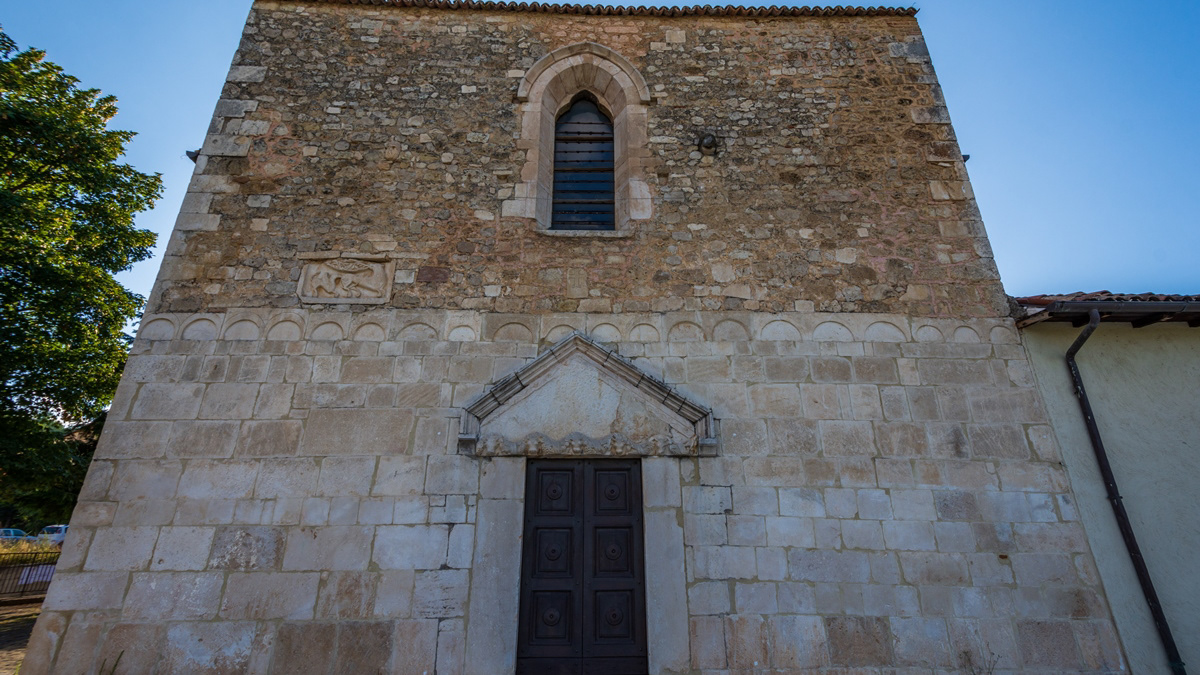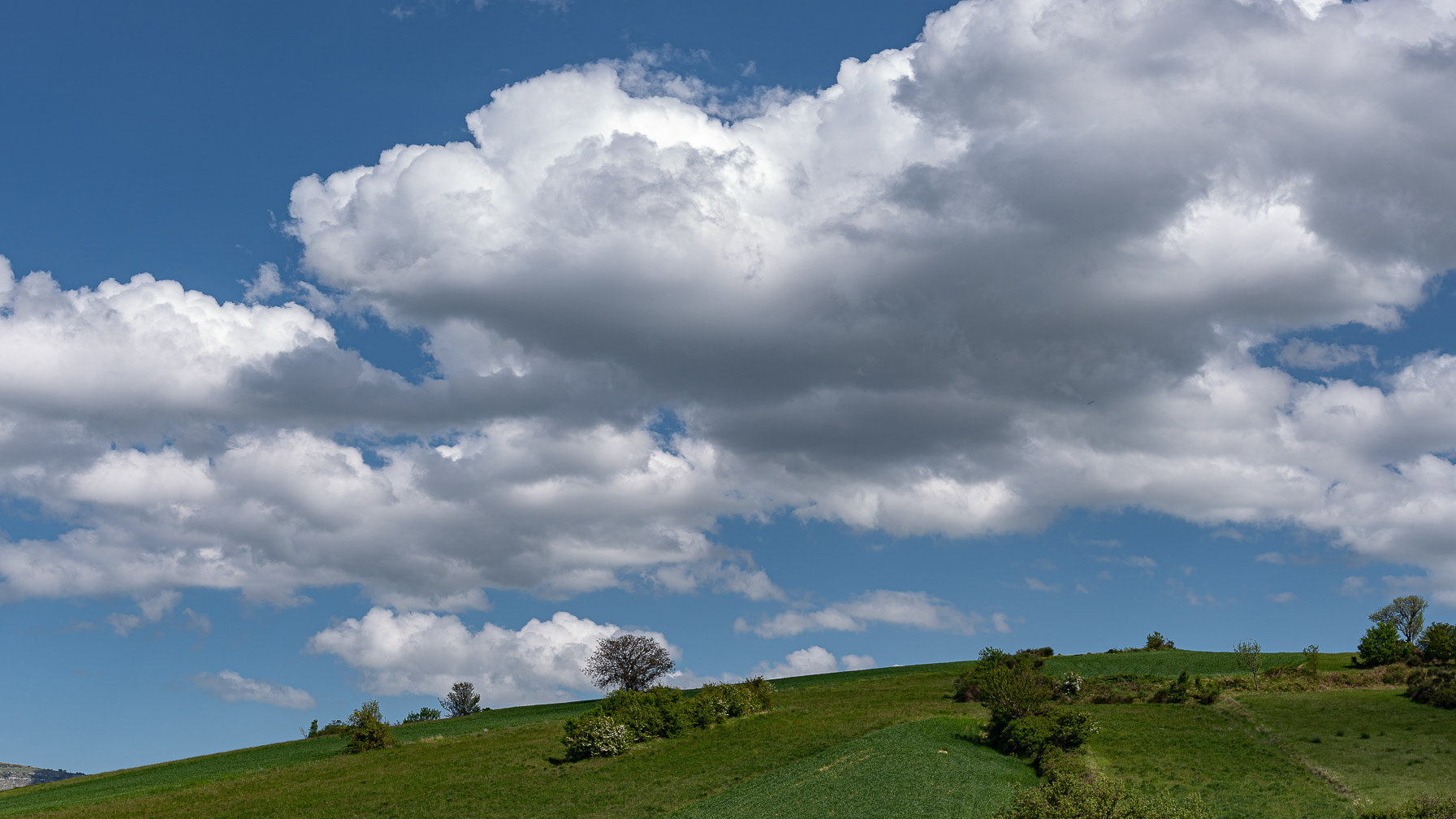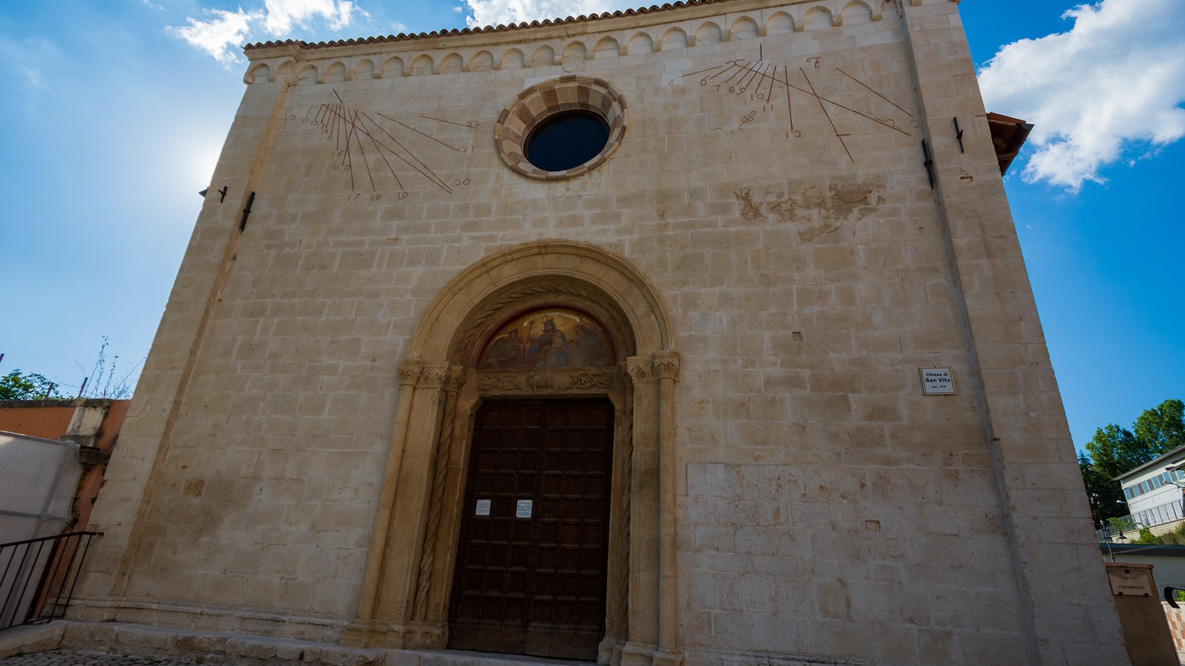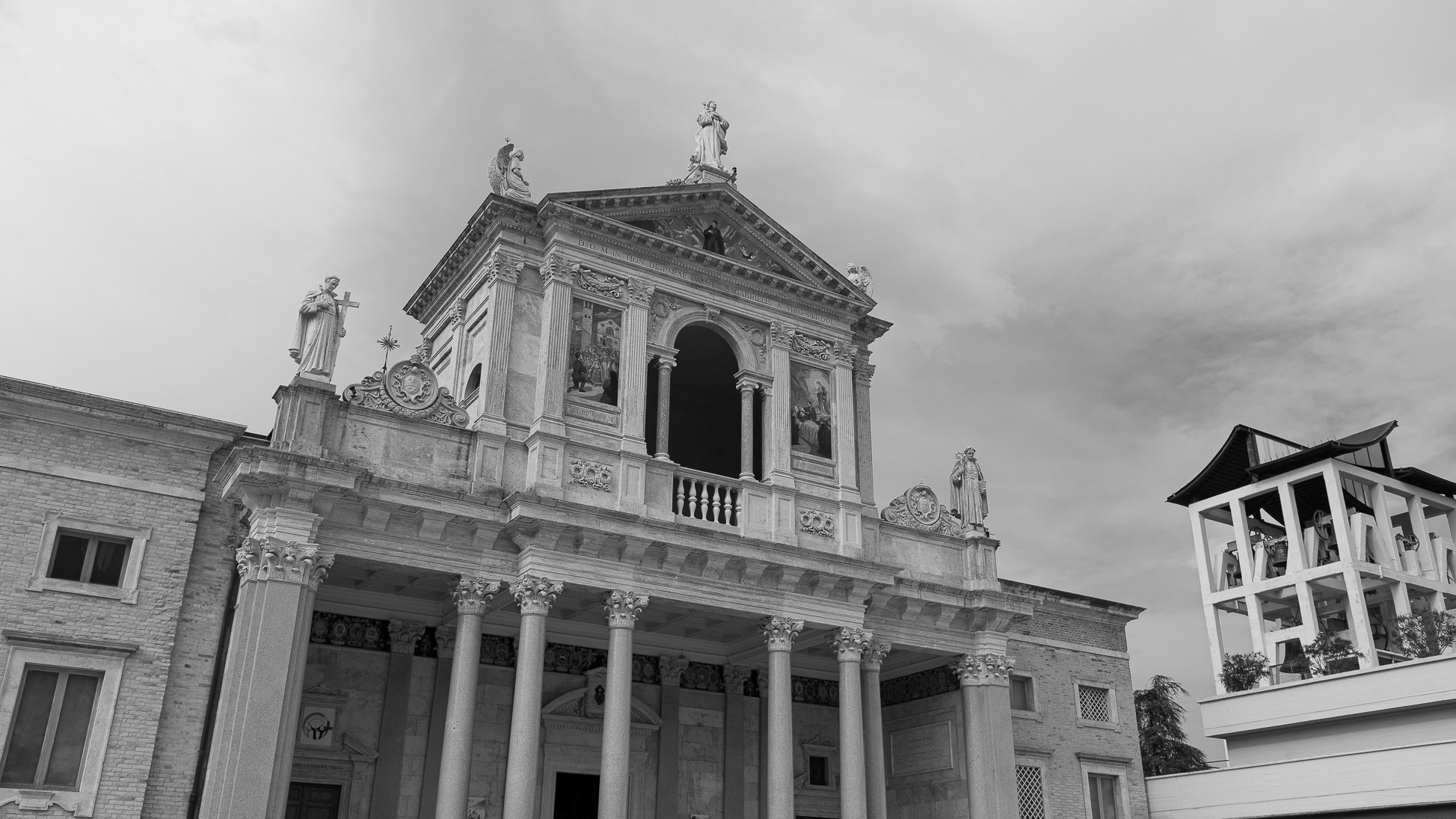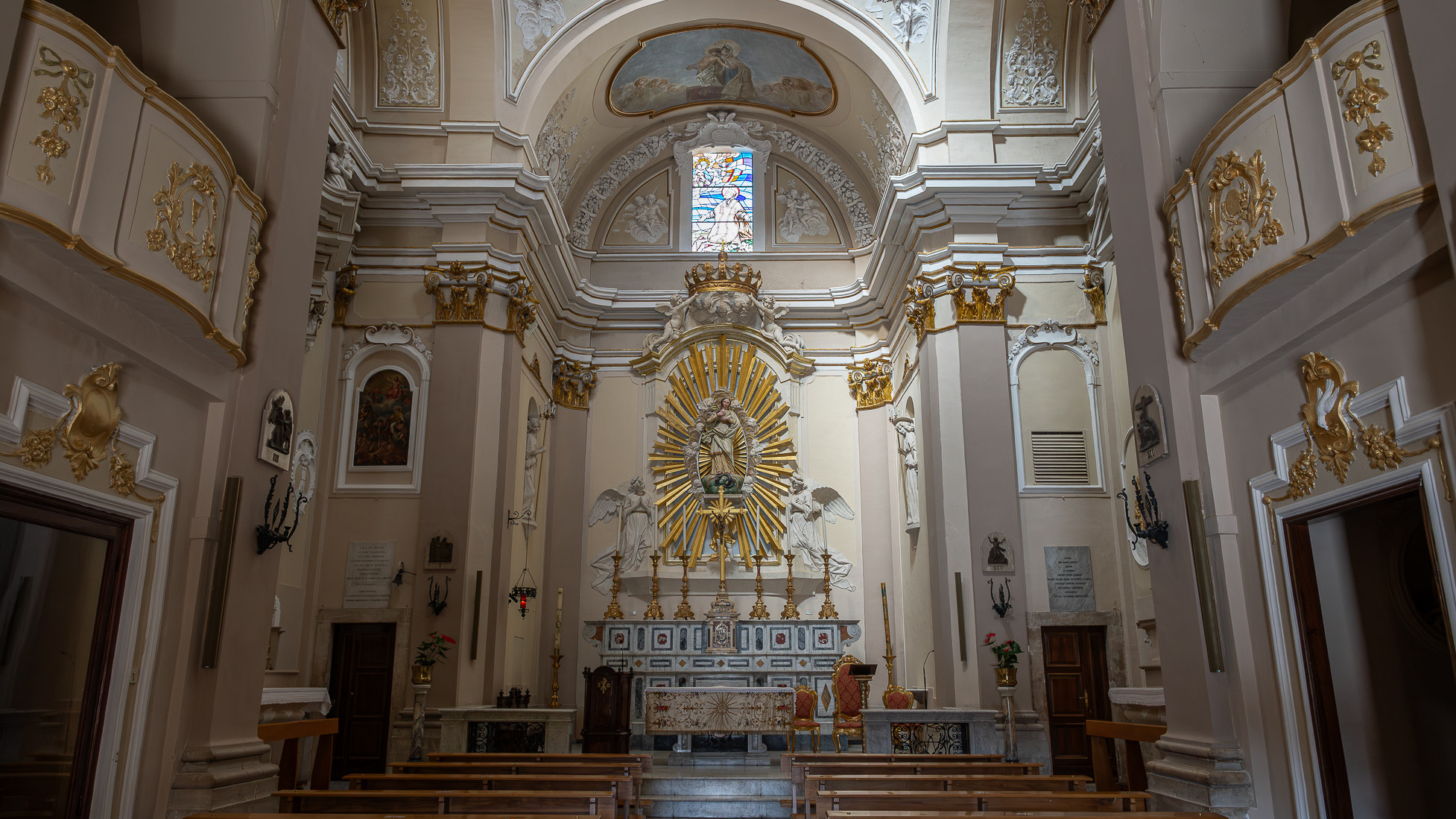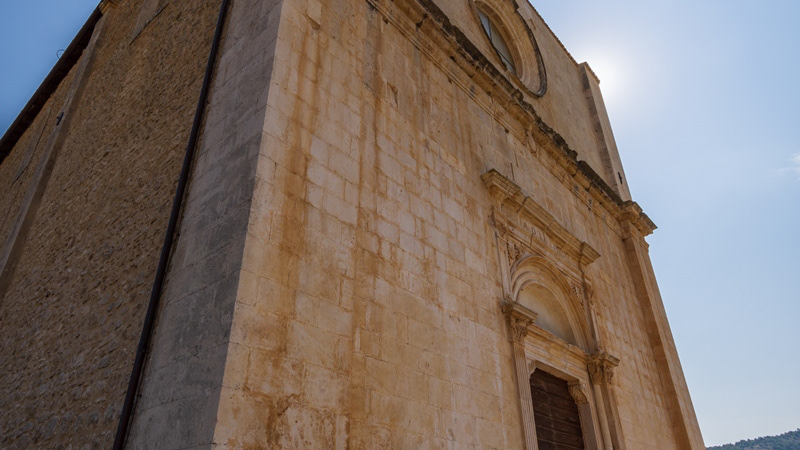L'Aquila - Basilica of San Bernardino
The basilica of San Bernardino is a religious building in L'Aquila, located in the quarter of Santa Maria. It was built, with the adjacent convent, between 1454 and 1472 in honor of San Bernardino da Siena, whose remains are kept inside the mausoleum of the Saint built by Silvestro dell'Aquila. The façade, erected in the following century by Cola dell'Amatrice with Michelangelo's influences, is considered the highest expression of Renaissance architecture in Abruzzo. The interior, in Baroque style, is due to the reconstruction of the building following the earthquake of 1703 by several designers - including certainly Filippo Barigioni, Sebastiano Cipriani and Giovan Battista Contini - and preserves important works of art by Andrea della Robbia, Francesco Bedeschini, Pompeo Cesura, Rinaldo Fiammingo and Donato Teodoro, in addition to the aforementioned Silvestro dell'Aquila, also author of the mausoleum of Maria Pereyra Camponeschi. The carved wooden ceiling decorated with pure gold is the work of Ferdinando Mosca. It was included in the list of national monumental buildings in 1902 and elevated to the rank of minor basilica by Pope Pius XII in 1946. Due to the earthquake of 2009 which severely damaged the apse and the bell tower, the basilica was subjected to repair and consolidation works and was reopened in 2015.
You may also like

